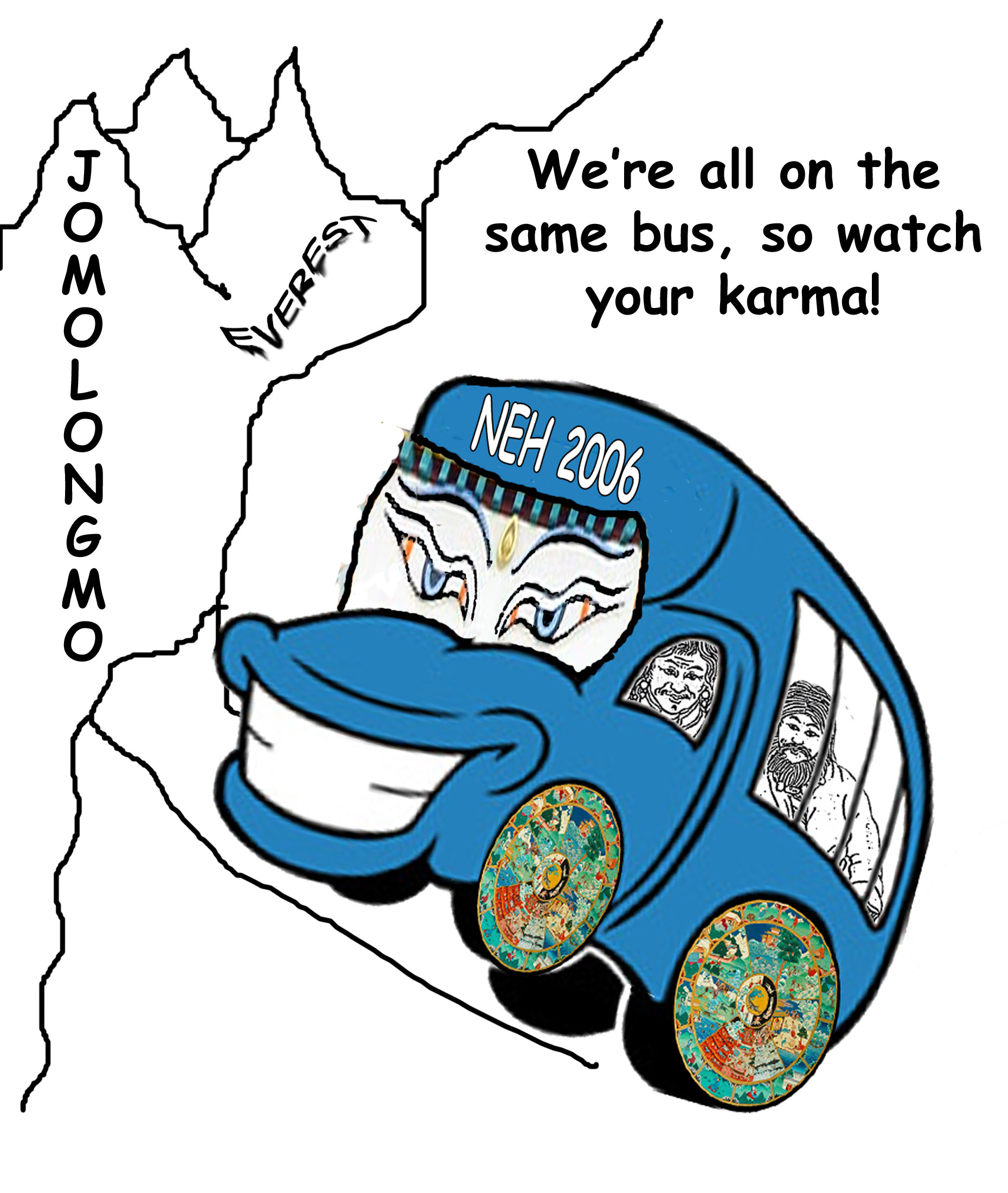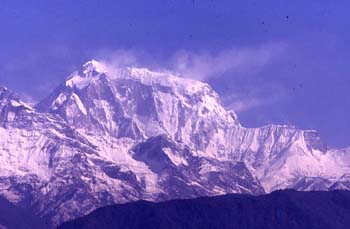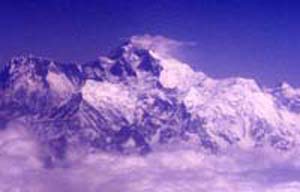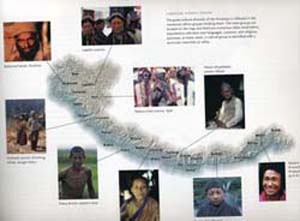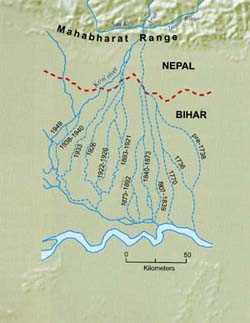|
|
Fascinating Facts of the Himalayan Region
Himalaya means “the abode of snow.”
- This region of the world is changing rapidly. It is a biodiversity “hot spot”, home to a great sense of timelessness and immense variability.
- Fifty million (resilient) people live in the mountains and depend on the mountains for their livelihood while several hundred million others live within sight of the mountains.
- The Tethys Sea covered the area of the present day Himalayas about 40 million years ago so fossils can be dug out of the mountains. The sea disappeared when the Indian and Asian tectonic plates crashed into each other (convergence).
- Plates continue to converge thus the Himalayans are growing 1 cm a year.
- The Himalayan region is a “mosaic of independent but integral components.” ( Nepal itself has 5 regional groups of languages that include 36 local languages and dialects).
- The peoples of the Himalayan region were and are still involved in regular mobility for purposes of trade, resources, work, pilgrimage and social exchanges.
- The climates of the region range from subtropics to polar ice fields.
- Sikkim (area of India located between Nepal and Bhutan ) is home to 650 species of orchids, red pandas, brown bears and silver foxes. It was also an independent kingdom from the 17oo’s until 1976 when India took it over with no known protests. The last King of Sikkim married an American from Florida named Hope.
- Today it costs roughly $100,000 US to climb Mount Everest and only 1 out of 4 adventurers comes back from the trip.
- The Himalayan Mountain Range is the youngest range on earth and home to 7 of the 10 highest peaks known to man.
- The last earthquake hit the area in 1933 and destroyed 80% of houses in the Katmandu Valley .
- Silt coming off the mountains creates the fertility of the taira (tee-rye) or lowlands located at the base of the hills of the mountains.
- The country of Nepal is 200 years old, 700 miles long, home to 60 independent nations at one time, consists of more than 100 languages, 36 of which are officially recognized.
- Nepal : 1768, 1846, 1951 all represent “shifts in the river” of Nepal
- Nepal was a “Stop off” place between the Tibetan Plateau and the Indian Plains
- The “mosaic” approach to nationalism can either try to mix the groups together OR formalize the differences in a caste system
- Shamanism is a clan enterprise; “Tibetan history is a continuing interplay of the two forces: the academic, scholarly, monastic and clerical polarity AND the yogic, shamanic and visionary polarity.” (Dr. Anne de Sales)
|
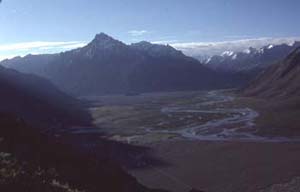 |
Exciting websites to check out, click here:
-Mountain Development Issues/Fact Check
-Ecological footprints
-
Teacher Ideas!
Views of the Himalayas... an ever-changing "Shang-Ra La."
Various groups of the Himalaya...a changing river, an adapting society
|








